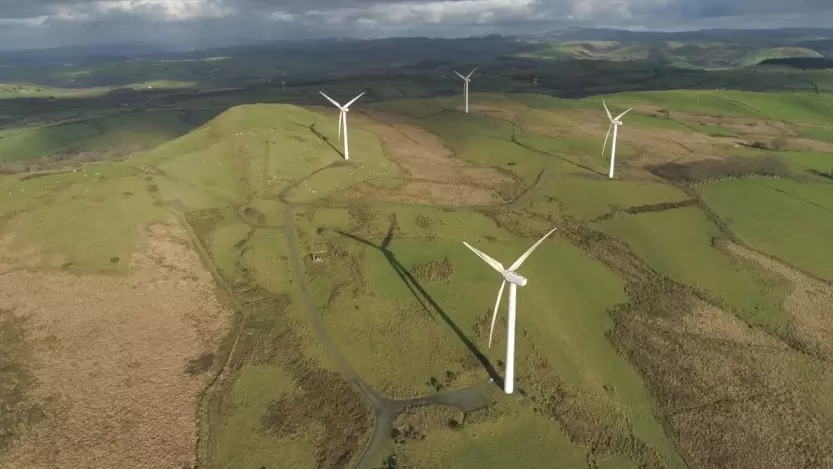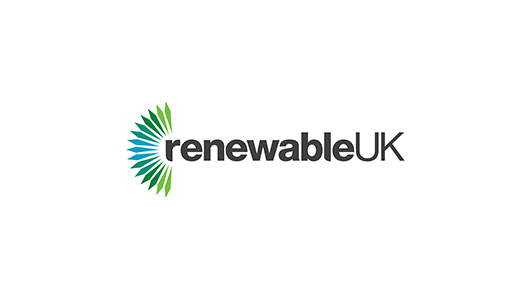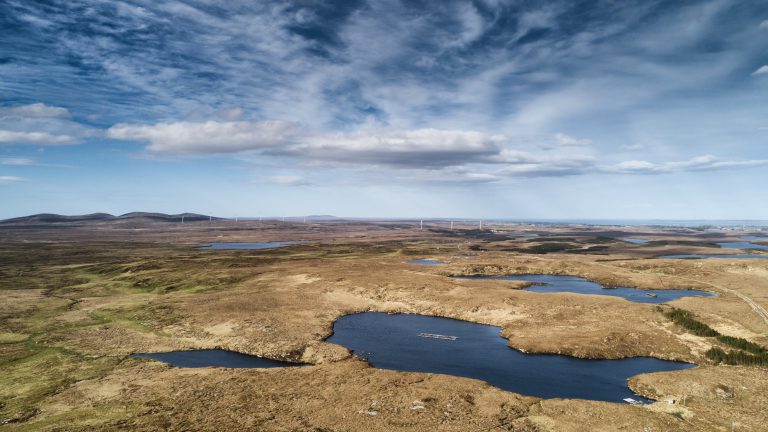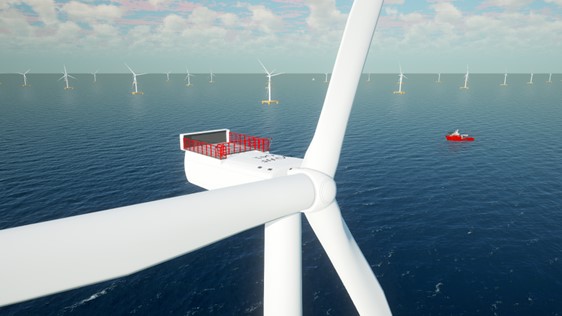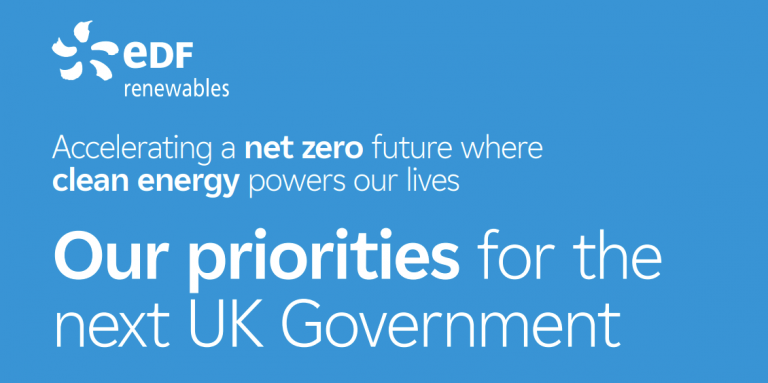Teresa Tuttle is GIS Manager for EDF Renewables in Ireland and creates maps of our proposed onshore wind and solar projects. Find out how she got into the role and what she loves most about her job (spoiler alert: all of it!)
Day-to-day working life
Q. Where do you work?
A. I started working at EDF Renewables Ireland before the Covid-19 pandemic. But even back then, my role was predominantly home-based, with a trip into the Dublin office a few times a month.
Q. What attracted you to work at EDF Renewables?
A. The role was a gamechanger for me. I live in the south west of Ireland, in County Kerry. When my husband, son and I moved out of Dublin in 2013, I couldn’t find any roles that would let me work remotely. Then this job came up with EDF Renewables offering remote working – and it also allowed me to get back into the field of Geographic Information Systems (GIS), which I love.
Q. What do you do as GIS Manager?
A. I look after all the mapping work for our onshore wind and solar sites, and any environmental constraints that we need to consider for a new development. My role takes me into lots of different areas and it’s a hugely important part of the information gathering stage for a new project.
Q. What’s a typical day like?
A. It varies a lot! There’s usually a mix of Teams calls and these could be on any topic. A key part of my role is creating indicative design maps – essentially maps of the proposed site, with lots of layers you can drill down into. These give you a real sense of how the project will look and work when it’s operational. The different layers take into account things like the proximity of rivers and lakes; the archaeology of the site and the overall topography of the area.
The indicative mapping is a continual work in progress. It’s constantly being updated following feedback from the landowner(s) and our development team. For instance, the landowner might request we avoid a particular field on the site. Or that we change the access route. So we’re always tweaking the map to make sure all parties are happy with the proposed design we take forward to planning.
Other aspects of my work involve dealing with queries from the public about land they might have available for a renewables site; land agents to find out who owns a piece of land; or external consultants or bodies. For instance, I might liaise with Gas Networks Ireland if there’s a gas pipeline running through a proposed site.
I get to go on site sometimes too! Our AutoCAD expert will come along with me and we’ll take measurements and evaluate what the site is like. You learn an awful lot more when you can visit a site in person. You get a real sense of the topography and can build a much better rapport with landowners.
Developing a career in renewables
Q. What was your route into renewables?
A. I did my degree in Ireland in Heritage Studies, then I studied for a Masters in Geographic Information Science at UCL in the UK. I worked in the UK for a little while – more on the statistics side than pure GIS – before moving back to Ireland. I began working with National Parks and Wildlife Service and got drawn more into the environmental side of things for the first time.
My degree course was really interesting and it gave me a good knowledge of archaeology. But it wasn’t until I started working at a council in Ireland after my undergraduate degree that I first learned about GIS. So when I moved with my husband to the UK for his work, I decided to do my Masters in this area.
Working at EDF Renewables is my first taste of working in renewables. But, funnily enough, my Masters dissertation was on a topic related to wind farms, so you could say I’ve always been interested in the topic!
Love what you do; do what you love
Q. What’s your favourite part of your job?
I find the work I do very interesting. The aspect I particularly enjoy is when the team are working on a problem together and suddenly someone comes up with a breakthrough. It gives you such a great sense of satisfaction!
Q. And what’s your least favourite?
A. I really love my job, to be perfectly honest! But if I had to pick a task I enjoyed the least, it would be any sort of admin.
Future developments in renewables
Q. How would you say your role is helping Ireland achieve its climate targets?
A. It’s my job to help find suitable sites for our wind and solar projects, which will contribute to Ireland achieving its climate targets when operational. So there is a link between what I do and Ireland’s Net Zero ambitions – my involvement is just right at the start of the process!
Q. What are some of the future innovations you’re most excited about?
A. We have an internal system we use that gives us richer insight into a project (such as wind speed data for a proposed wind farm or radiance levels for solar sites) and we’re starting to use this more in the development stage. These kinds of innovations are really important, as the more detailed information we have for a project, the stronger the picture we can build up for each site. I really like how sharing insight like this also encourages us to work together more too.
Q. What would you say to your son if he was interested in a career in renewables?
A. Absolutely, I’d encourage him! He’s really interested in looking after the environment and he also loves tech, so you never know… he might follow in my footsteps.

GIS Manager

